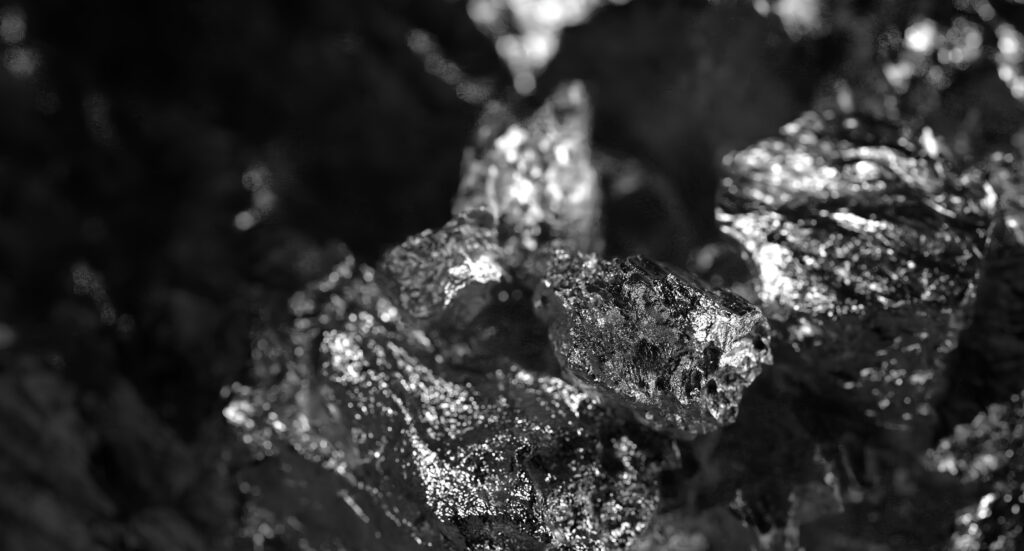Learn All About Lithium
Lithium
The lightest metal leading the green energy revolution.
The lightest metal leading the green energy revolution.

The lightest known metal, lithium is the leading element of the alkali metals group. It is the least dense metal and the least dense solid element at room temperature. Lithium is a good conductor of heat and electricity, as well as a highly reactive element. It is soft enough to be cut with a kitchen knife and so low in density—roughly the same as pine wood—that it is one of only two metals that float on water.
Lithium is found in igneous rock, with the largest concentrations in granites. Granitic pegmatites provide the greatest abundance of lithium-containing minerals, with spodumene, petalite, and lepidolite being the most commercially viable sources. Due to its solubility as an ion, lithium is also present in ocean water, salt lakes, and geothermal brines. In a process cheaper than mining and processing of lithium-bearing hard rock, brines are pumped to the surface where the lithium concentration is raised through solar evaporation in a system of ponds, a process that can take up to 18 months.
Brazilian naturalist and statesman Jozé Bonifácio de Andralda e Silva discovered the mineral petalite on the Swedish isle Utö in the 1790s. In 1817, Swedish chemist Johan August Arfwedson first succeeded in isolating one of lithium’s salts from petalite. Not until 1855 did British chemist Augustus Matthiessen and German chemist Robert Bunsen separate the lithium element by running a current through lithium chloride.

Wait there’s more! Click below to learn about the rest of our essential minerals.